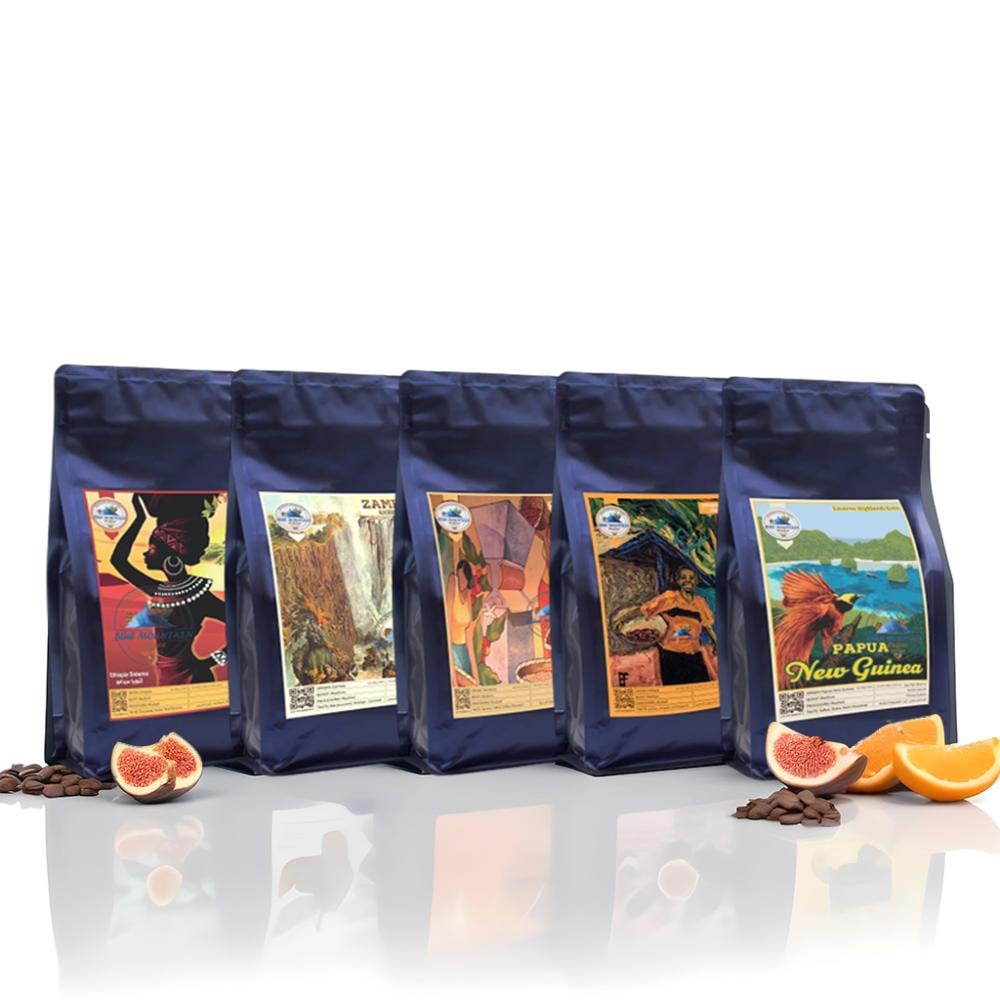Sidamo is one of the most prolific growing regions in Ethiopia, putting out large volumes of consistently great coffee each year.
Ethiopia’s Sidamo coffees
are known for their rich body that is very complex along with bright and vibrant, making this a staple Ethiopian coffee for any coffee roaster. Coffee is an important part of Ethiopian culture and is celebrated daily in the traditional Ethiopian Coffee Ceremony. A wet-processed (washed) Ethiopian coffee best known for its rich, full body (mouthfeel), sweet and complex flavor, low acidity, floral aroma,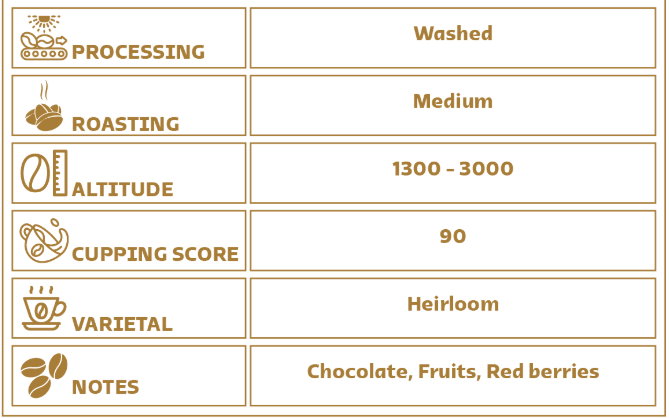
Ethiopia’s coffees Percentage of World Market 4.5%
Harvest Octobrer- December
Process: Washed and Natural
World Ranking as producer: 5th
Main Type: Arabica, Heirloom
Originally, coffee was introduced to Zambia from both Kenya and Tanzania in the 1980s, which makes Zambia a recent coffee-growing country. coffee beans were mainly grown in the Mountains of Muchinga of the Northern Districts as well as around the city of Lusaka, the Arabica coffee grown in Zambia is known for its high quality because its cherries are picked one by one so that any defective bean is not picked. With flavors from fruit punch to floral, chocolate to caramel, and both sweetness and acidity. Zambian coffee is notable East African in expression, thanks to the seeds brought in from Kenya and Tanzania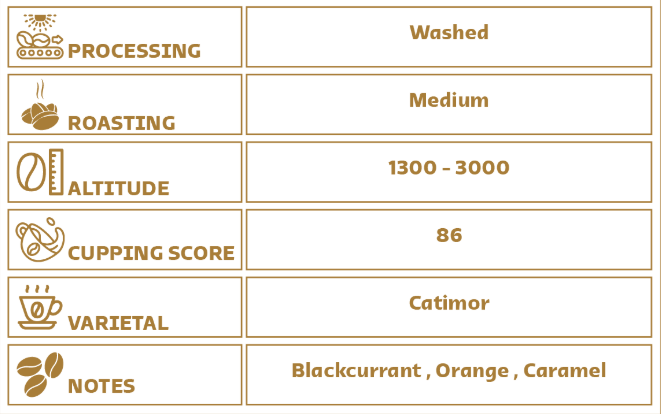
Zambia coffee: Percentage of World Market less than then0.01
Harvest: June-October
Process: Washed Natural honey
World Ranking as producer:52
Main Type: bourbon, Catimor, Castillo
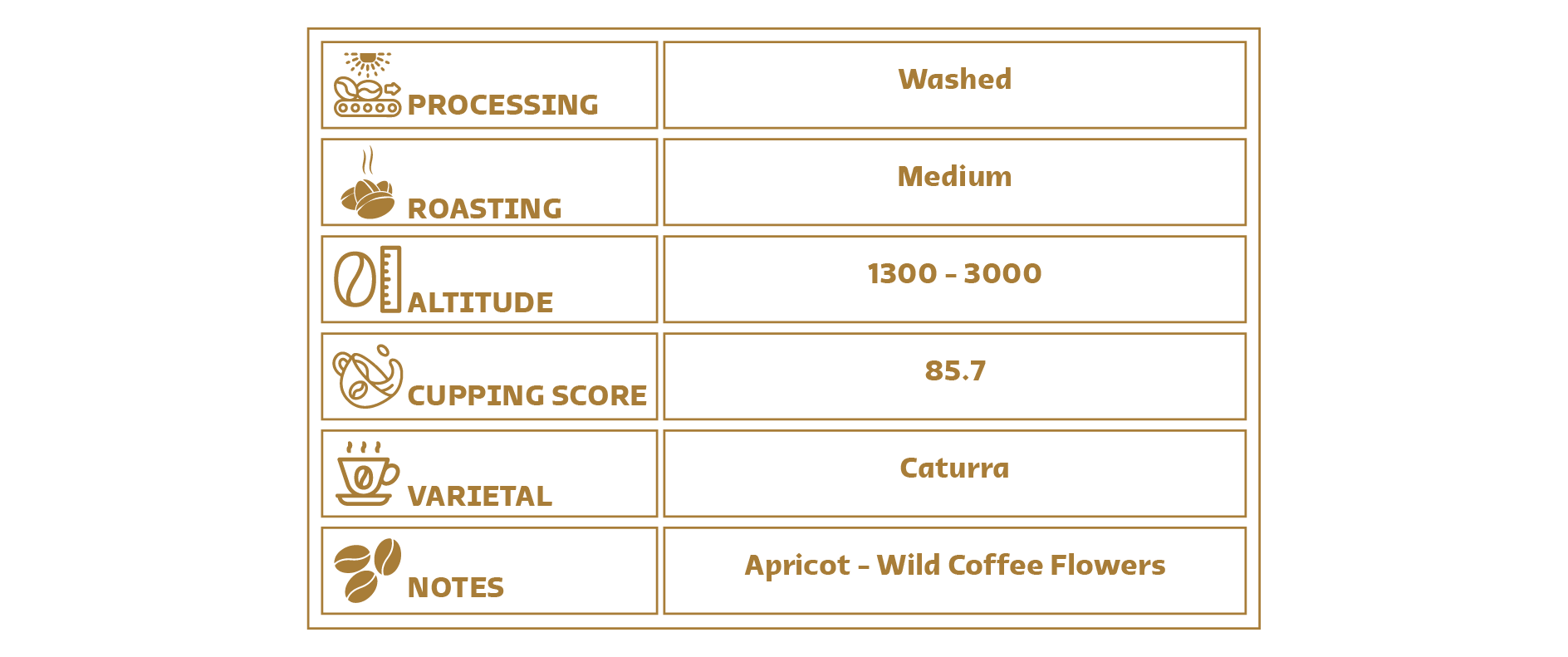
In Honduras, arabica coffee is grown across a number of regions, with six main coffee-growing departments: Agalta, Comayagua, Copán, Montecillos, Opalaca, and El Paraíso. Varieties grown in these regions range from bourbon and caturra to catuai and, in recent years, new hybrids belonging to the catimor genetic group. Today, Honduras is one of the largest coffee producers in Latin America, competing with the likes of Costa Rica, Guatemala, and Colombia.. The best Honduran coffee will be the Strictly High Grown grade - these altitudes allow the coffee to grow slower, increasing the mineral and nutrient uptakes and developing a fuller, more robust flavor the coffee.
Percentage of world Market:4 %
Harvest: November-April
Process: Washed
Main Type: Typica, Arabica , Cattura, Catuai, pacas
World Ranking As a producer 6th
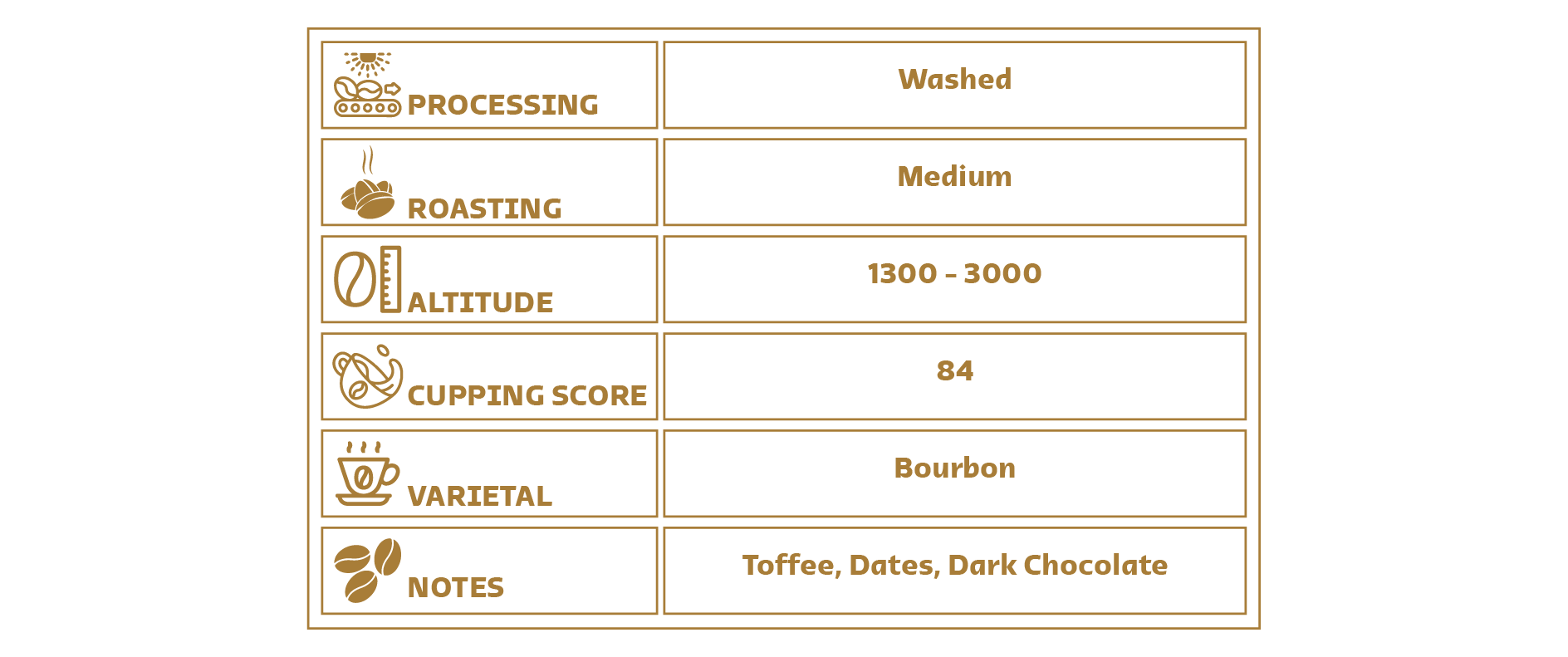
The first official record of coffee in PNG can be found in
1890 Western Highlands Province is the largest highland
province of Papua New Guinea. Mt Hagen is the capital city
of the province. The people of the province still live in tribal
groups. These tribal groups form alliances with
neighboring tribes and in the olden days those groups will
defend the enemy tribes, Most of Papua New Guinea's
seeds are the Arabica variety Jamaican Blue Mountain.
About %95 of the coffee is high-grown washed Arabica,
which thrives in favorable weather conditions of the
highland areas, Coffee produced in Papa New Guinea have
dense texture, low to medium acidity, and a range of
herbal woody and tropical flavors
Percentage of World Market : around %0.55
Harvest: April-September
Process: Washed
World Ranking as producer: 17th
Main Type: Bourbon, blue mountain,Typica
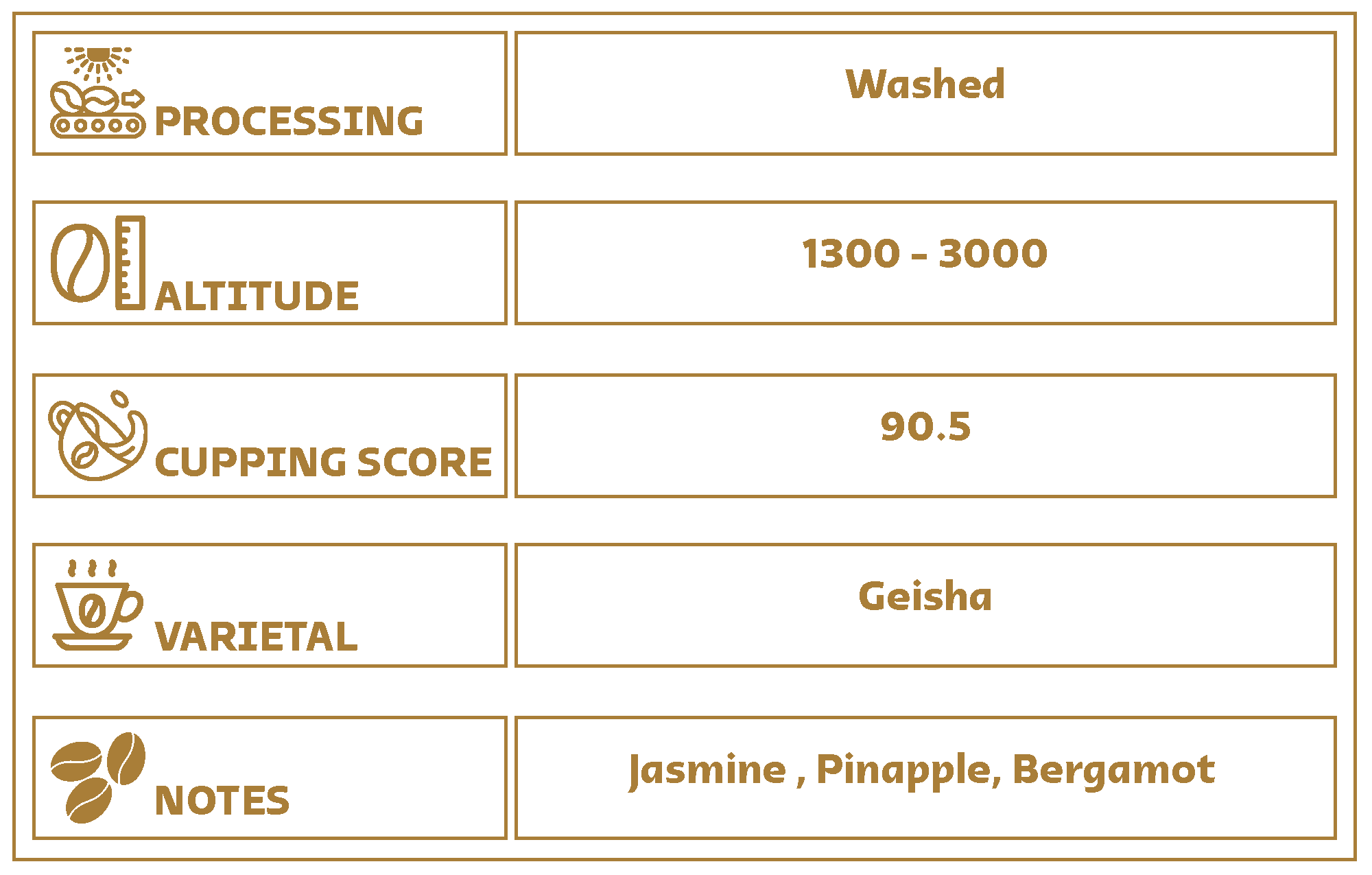
Gesha is a coffee farm near to Kaffa, the place of origin of coffee.
grows as part of the natural forest and is harvested from
the upper branches of tall trees. This coffee could
arguably be called the original coffee. Legend has it that
an Ethiopian goat herd called Kaldi noticed that his goats
were dancing and bleating with joy after eating the red
cherries from a certain bush. He took these cherries to the
local Imam and they laughed at him and threw them in the
fire. Within 30/20 minutes the smell of the roasting beans
(the pips inside the cherries) drew the surprised Imam
back to the fire with its delightful smell and after a few
weeks of experimentation, coffee drinking was born
approximately in the 9th century AD. It has a wild hay-like
aroma, with gentle hints of berry fruit. On the palate
there is an initial flavour of lemon followed by notes of
berries and cinnamon with a sugarcane sweetness. This is
a beautifully smooth natural coffee, comforting and
understated and incredibly easy drinking.
Ethiopia’s coffees Percentage of World Market 4.5%
Harvest Octobrer- December
Process : Washed and Natural
World Ranking as producer : 5th
Main Type: Arabica , Native Heirloom Varieties, gesha

